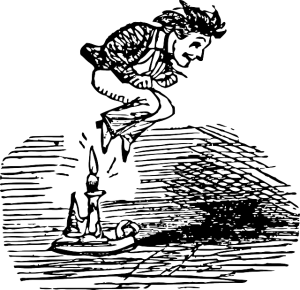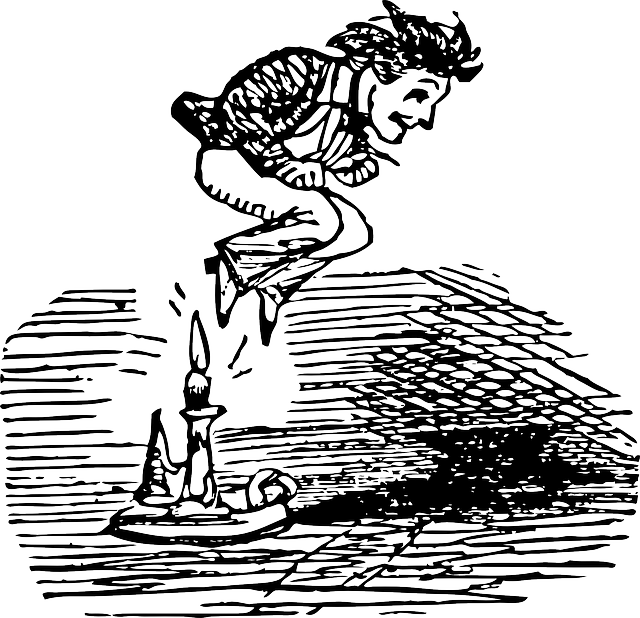Many Students are Visual learners – They need to see print

Jack be Nimble,
Jack be Quick,
Jack Jump Over the Candlestick!
What about the visual learner? And, how does listening to nursery rhymes and dancing help them? Seems like visual learners learn from seeing the words when they sing and dance. At first, you can show a few words at a time to keep it simple. However, as children grow older, you can advance to longer nursery rhymes. Also, these rhymes can be printed like poetry and music. Furthermore, changing the types of music and dance you play helps all types of learners. So, search for rhymes and songs online or at your library. Therefore, these rhymes and songs will help all types of learners. They help auditory, visual and kinesthetic learners.

Also, try out some of the activities in this link:
http://www.readingfirst.virginia.edu/prof_dev/phonemic_awareness/rhy_alliter_p.html
Kinesthetic learners feel the rhythm

In addition to listening, kinesthetic learners enjoy movement! Therefore, listening to music supports active movement. Most noteworthy, a program called, “Jolly Phonics,” adds certain hand movements to each sound. This is a program widely used in preschool and kinder classrooms. In time, these movements are paired with letters. So, students can connect sounds of letters with certain movements. These movements support sounds and language. Thus, these learners enjoy repeating specific movements. Finally, this repeating supports recall of sounds and words.
Activities
It’s Your Turn:
Visual Learners See Print
- View words to nursery rhymes
- Sing words to music
- Dance and move
- Match words with nursery rhymes and songs
Kinesthetic Learners Feel the Rhythm
- Listen to music
- Dance to music
- Create special movements
- Match movements with sounds

